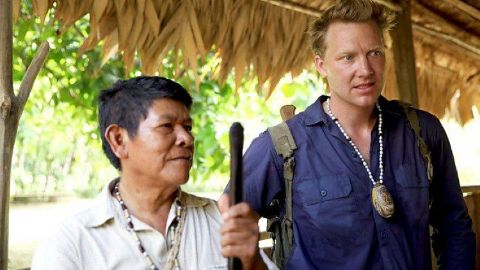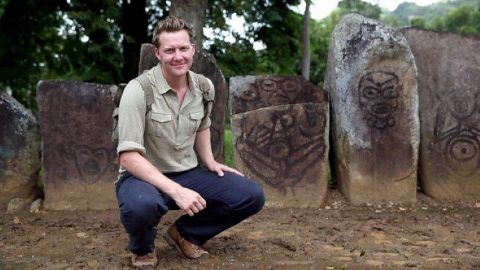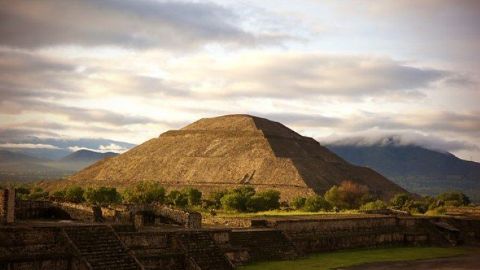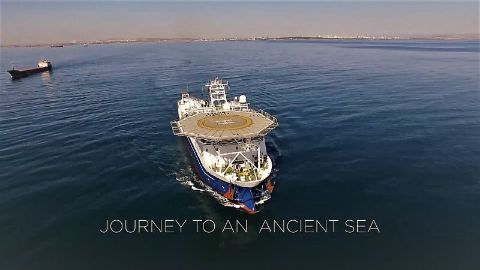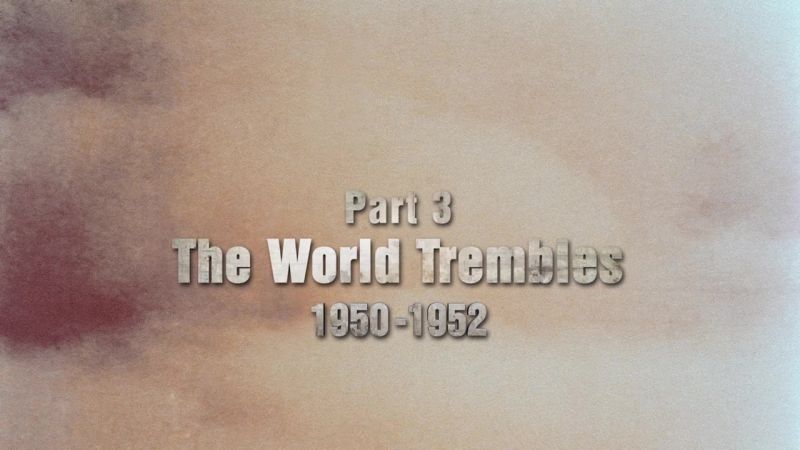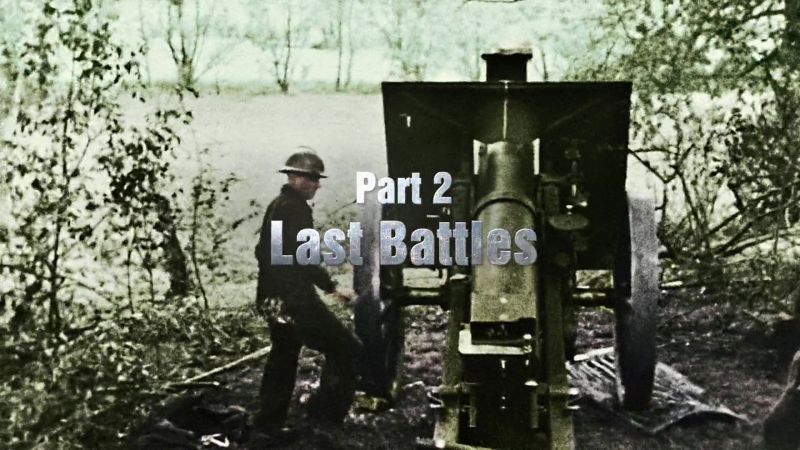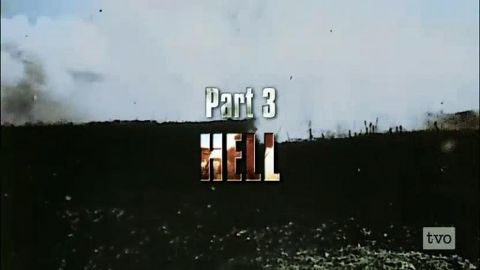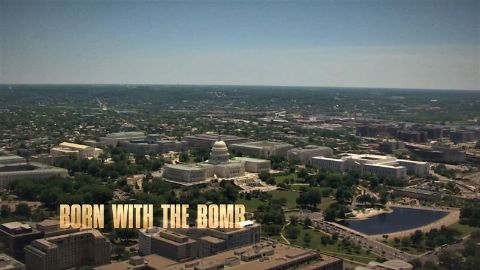The Place Where Time Began • 2014 • episode "S1E4" • Lost Kingdoms of Central America
Jago explores the ancient civilisation of Teotihuacan that exploded into a position of dominance in the ancient Americas almost 2,000 years ago. For hundred of years this great city state was the biggest in the New World. Its rulers built monumental pyramids and temples and then went on to build a vast empire that was maintained through force. Yet the identity of the people who led this civilisation remains a mystery.
Make a donation
Buy a brother a hot coffee? Or a cold beer?
Hope you're finding these documentaries fascinating and eye-opening. It's just me, working hard behind the scenes to bring you this enriching content.
Running and maintaining a website like this takes time and resources. That's why I'm reaching out to you. If you appreciate what I do and would like to support my efforts, would you consider "buying me a coffee"?
Donation addresses
BTC: bc1q8ldskxh4x9qnddhcrgcun8rtvddeldm2a07r2v
ETH: 0x5CCAAA1afc5c5D814129d99277dDb5A979672116
With your donation through , you can show your appreciation and help me keep this project going. Every contribution, no matter how small, makes a significant impact. It goes directly towards covering server costs.

